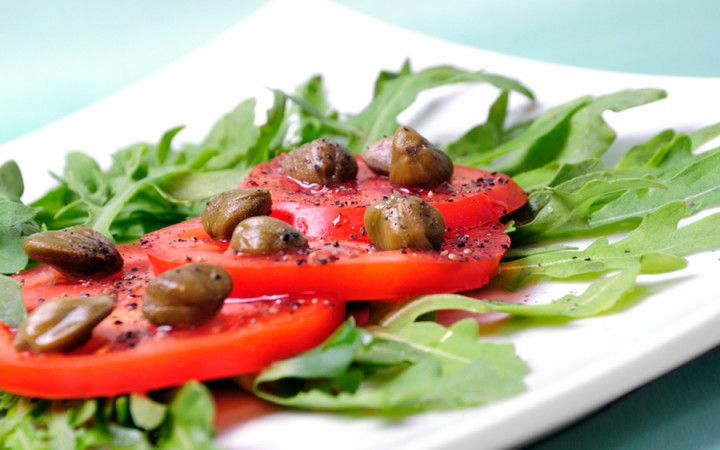Today's Wonder of the Day is about capers. And, no, we're not talking about those wild escapades always being planned by villains in cartoons. We're talking about the kind of capers you eat!
Throughout the Mediterranean and parts of Asia, you'll find Capparis spinosa, also known as the caper bush or Flinder's rose. It's a prickly plant that grows in dry areas.
The unripened flower buds of this plant — called capers — have been used as a seasoning and flavorful part of recipes for over a thousand years. Its ripe fruit, known as caper berries, are also used for food.
After farmers harvest the unripened buds, they dry them in the sun. Once they're dried, they pickle them in vinegar, brine, wine, or salt. This process is called curing, and it gives the capers a unique lemony flavor that's somewhat similar to green olives.
Capers range in size from tiny (about the size of a green pea) to about the size of a small olive. The smallest capers are the most valuable and often come with a hefty price tag. Capers can be expensive because they're costly to harvest since they're picked by hand.
The most sought-after capers are a variety known as nonpareils that come from Southern France. Smaller capers tend to have more delicate flavors and stronger aromas. As capers get larger, they seem to have stronger flavors but weaker aromas.
Capers add a salty, sour, fragrant flavor to various dishes, including salads, sauces, vegetables, and meats. Capers are particularly associated with Mediterranean cuisines, including Italian, Maltese, and Cypriot delicacies. You may have also eaten capers as an ingredient in tartar sauce.




